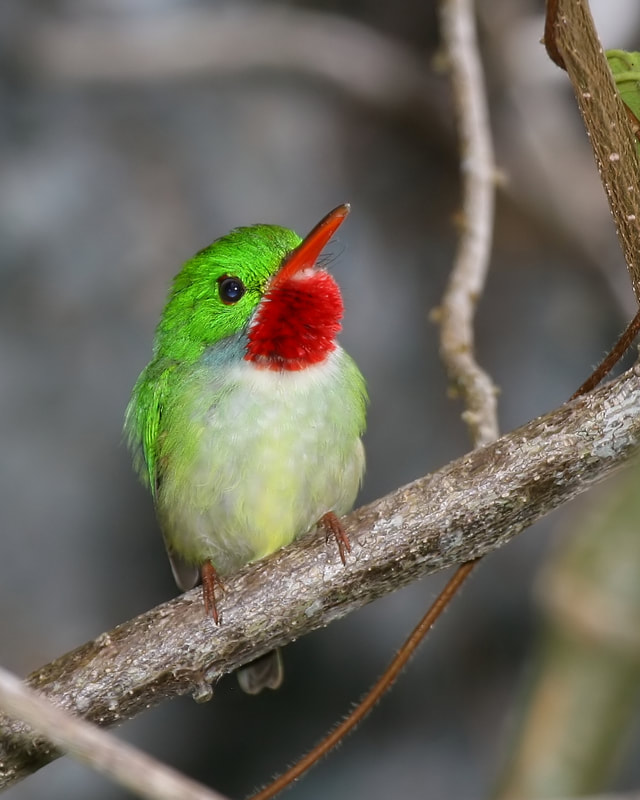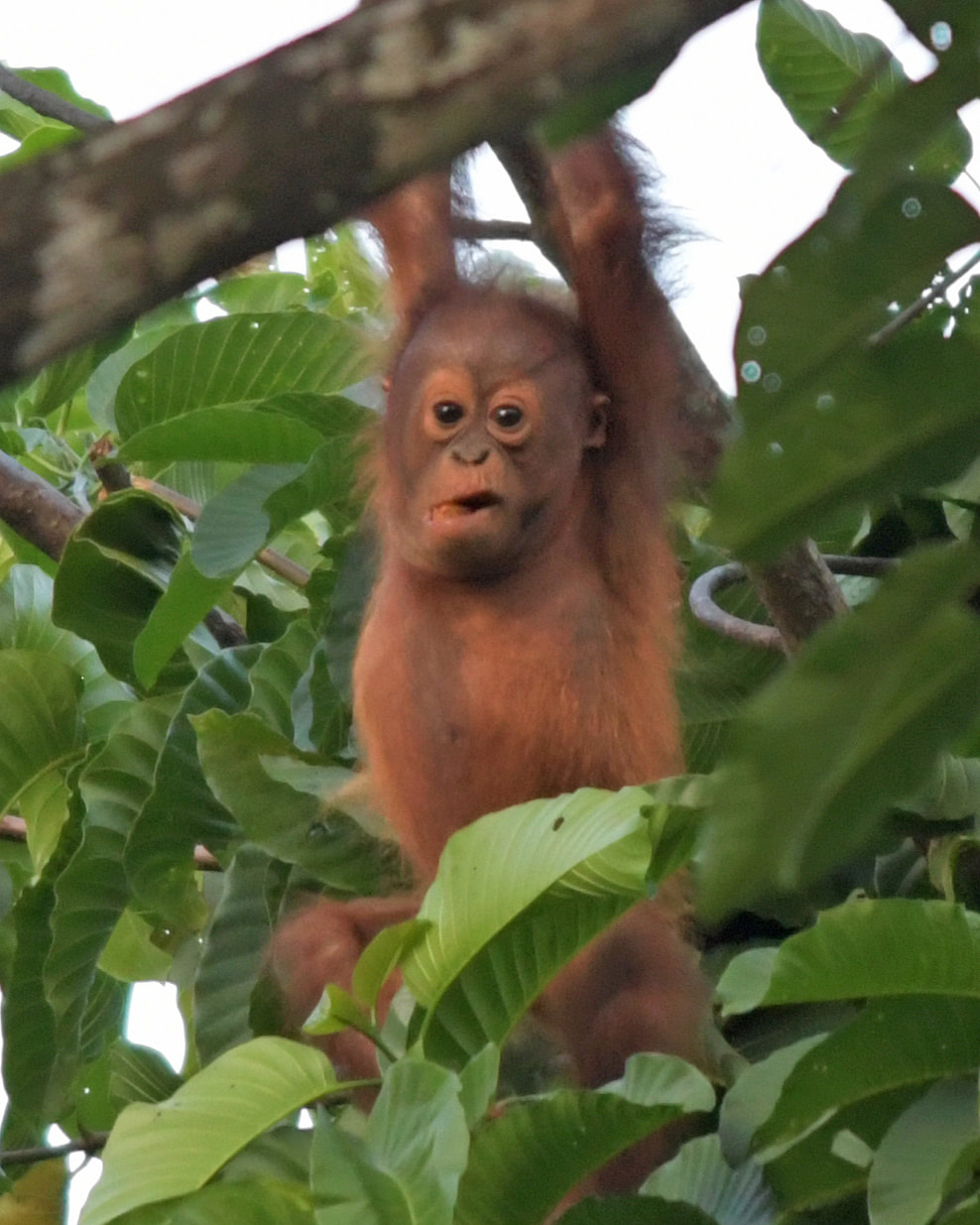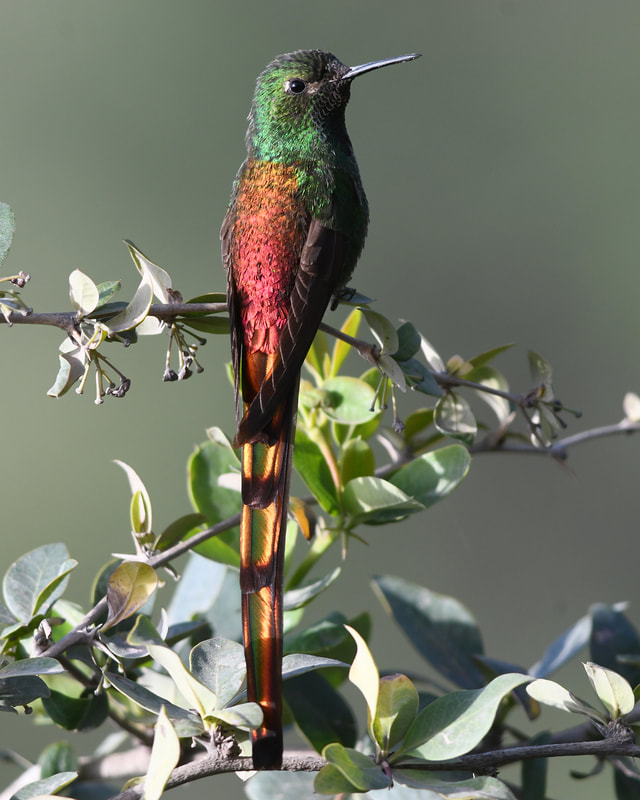For the last eight years I have worked as a Tour Leader for Quest Nature Tours, a Toronto based ecotourism company. My first trip with Quest was a tour of western Cuba in February, 2015, and I was hooked. Since then, I have led tours throughout Cuba (x4), Borneo (x3), Colombia (x2), Galapagos (x2), the Malay Peninsula, and Spain.
Below I have listed my upcoming tours that I have scheduled with Quest Nature Tours. Click on the photos to learn more about each departure!
Below I have listed my upcoming tours that I have scheduled with Quest Nature Tours. Click on the photos to learn more about each departure!
|
Discover Jamaica
March 15-23, 2024 Jamaica is an ideal entry point to discovering the flora and fauna of Tropical America. As a Caribbean island, it has its own special flavour, punctuated by many endemic species found nowhere else. In fact, its 28 endemic bird species are the most of any island in the West Indies. A big reason for Jamaica’s ecological richness is the multitude of habitats born from an impressive mix of altitude, topography and climatic influences. We have specially designed this tour to include a broad range of Jamaica’s most unique habitats, including lowland rainforest, wooded foothills, moist cloud forest, dry lowland forest, arid scrub, coastal mangrove lagoons, and freshwater wetlands. Covering such diverse terrain means we will develop a keen sense of the Jamaica’s natural history as a whole, while giving ourselves great opportunities to observe its signature species. Join us for this special small-group tour that promises an intimate and eye-opening view of this Caribbean gem! |
|
Borneo: Spectacular Biodiversity and Orangutans
October 3-16, 2024 Borneo is one of the most exciting places on earth for a naturalist! The combined spectacle of biodiversity and evolution is perhaps unparalleled in the world. In the steamy lowlands, massive tropical trees provide the ideal grounds for the evolution of various "flying" species to occur, while hornbills, pythons, and an array of primates and other mammals can be found. We will begin our tour in the Kinabalu highlands and foothills where we will search for endemic birds, orchids, butterflies and the world's largest flower - the Rafflesia - among ancient oak and chestnut forests. We will spend time along the Kinabatangan River, searching the tributaries by boat for Proboscis Monkeys and Bornean Pygmy Elephants. The second half of the tour will take place deep in lowland rainforests, where we have a chance at seeing various pittas and the incredible Bornean Bristlehead by day, and huge stick insects, fantastic treefrogs and flying squirrels by night. |
|
Northwest Argentina: Land Of Stark Contrasts
October 30 - November 10, 2024 Northwestern Argentina is a land of superlatives and stark contrasts. To visit this spectacular region is to experience nature on a truly grand scale. Mountain rivers brimming with whitewater course down rugged gorges through moss-festooned Yungas cloud forests where endemic birds, reptiles, and amphibians abound. On the leeward side of the various Andean mountain ranges we traverse, dry air gives way to high-altitude deserts dotted with towering cacti and other hardy succulents. Guanacos graze atop windswept ridges, while Andean Condors patrol overhead in the nearly cloudless skies. The imposing salt flats of Salinas Grandes are a sea of white that seems to go on forever, challenging our sense of scale. The vineyards in the famed Calchaquí Valley in the province of Salta extend for kilometres and bear the fruits that are used to make local wines. We begin by visiting the humid forests on the eastern slope of the Andes, with a focus on the biodiverse Quebrada Los Sosa (gorge) and the various endemic birds that live here. Crossing to the leeward side of the Sierras de Córdoba mountains brings us into a dry environment of expansive desert en route to the Calchaquí Valley, the wine capital of Northwest Argentina and one of the world’s highest wine regions. A highlight here is the multicoloured Quebrada de Las Conchas, where we have arranged a special meeting with a local geologist. More regionally endemic birds await in Los Cardones National Park, an arid landscape that contrasts sharply with the humid Yungas forest at Calilegua National Park on the rain-facing side of the mountains. Farther north at Purmamarca, we ascend to over 4,000 metres above sea level before visiting the sweeping Salinas Grandes salt flats on our descent. Amid our explorations of such markedly different natural landscapes, we have planned several visits to Indigenous ruins, mountain villages, and cities with rich colonial architecture, giving us a sense of how people have endured and continue to endure in Argentina’s northwestern reaches. |


